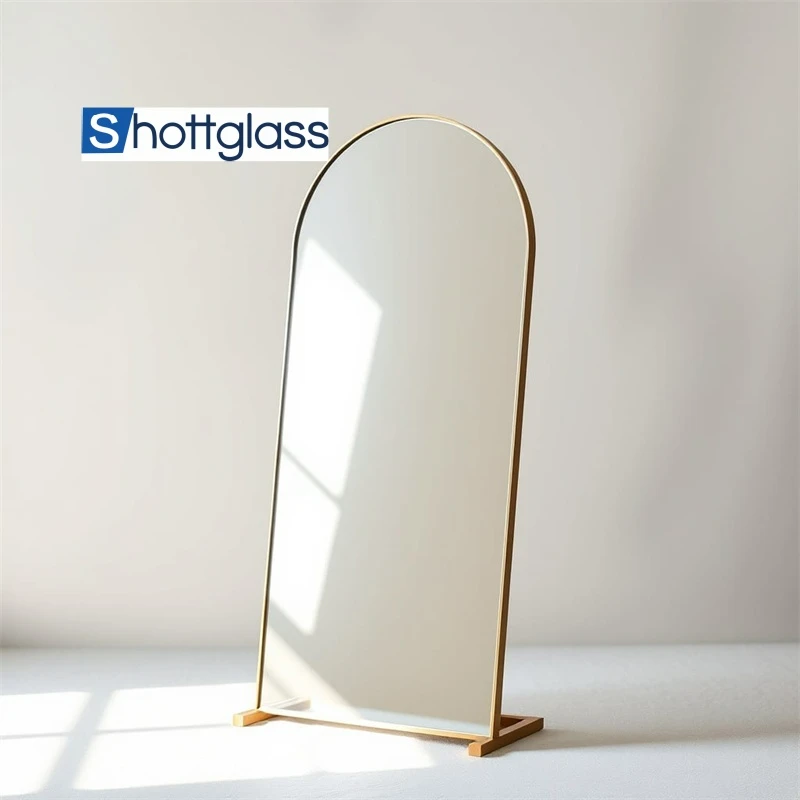Sep . 30, 2024 15:42 Back to list
Different Varieties and Applications of Float Glass in Construction and Design
Types of Float Glass An In-Depth Overview
Float glass, widely known for its clarity and uniformity, is a fundamental material in the construction and manufacturing industries. This type of glass is produced through a unique floating process that involves melting raw materials like silica sand, soda ash, and limestone at high temperatures and then letting the molten glass float on a bed of molten tin. The result is a flawless sheet of glass with optical clarity and uniform thickness. As we explore the various types of float glass, we can see how its characteristics can be modified to suit different applications.
1. Clear Float Glass
The most basic and commonly used type of float glass is clear float glass. It boasts excellent transparency, allowing up to 90% of visible light to pass through. This type of glass is widely utilized in residential and commercial buildings for windows and glass doors, as it provides unobstructed views while offering adequate insulation. Clear float glass is also used in furniture, glass tabletops, and picture frames due to its aesthetic appeal.
2. Low-iron Float Glass
Low-iron float glass is a special variant of clear float glass that contains reduced levels of iron. The primary benefit of this type is its ultra-clear appearance, which surpasses that of standard clear float glass. Low-iron float glass allows up to 92% of visible light to pass through, making it an ideal choice for high-end applications like retail displays, glass-fronted buildings, and solar panel manufacturing. Its transparency makes colors appear more vibrant, enhancing the overall visual impact of architectural designs.
Tinted float glass is produced by adding metal oxides during the manufacturing process, which results in a range of colors and shades. The tint can reduce glare, control solar heat gain, and minimize energy consumption, making it a popular choice for commercial buildings and homes in sunny climates. Commonly available tints include gray, bronze, and green, each offering unique aesthetic and functional benefits. Tinted float glass is often used in facades, skylights, and privacy screens because of its combination of design flexibility and performance characteristics.
types of float glass

4. Reflective Float Glass
Reflective float glass is another interesting variant, characterized by a metallic coating that reflects a portion of light. This type of glass enhances privacy during the daytime, as it appears mirrored from the outside while remaining transparent from the inside. Reflective glass is particularly popular in high-rise buildings where reflective facades can provide visual appeal and energy efficiency by reducing solar heat gain. It is also used in various architectural applications, allowing for creative design solutions without compromising on natural light.
5. Laminated Float Glass
Laminated float glass consists of two or more sheets of glass bonded together with an interlayer, typically made of polyvinyl butyral (PVB). This design enhances safety by holding the glass together in case of breakage, making it a popular choice for areas where safety is a concern, such as glass doors, skylights, and glass facades. Moreover, laminated float glass can also provide sound insulation and UV protection, making it versatile for different applications.
6. Insulated Float Glass
Insulated float glass, also known as double-glazed or triple-glazed glass, consists of two or more sheets of float glass separated by a layer of air or gas. This design is incredibly effective in enhancing thermal efficiency and reducing noise pollution. Insulated glass units are commonly used in residential buildings, commercial spaces, and even vehicles. By minimizing heat transfer, they contribute to energy savings and improved indoor comfort.
In conclusion, float glass is a versatile and essential material with various types tailored to meet specific requirements. From clear to tinted, reflective to laminated, each variant of float glass offers unique benefits that cater to diverse applications across architecture, design, and industry. As technology progresses, the development of new types of float glass will continue to enhance its functionality and aesthetic appeal, driving innovation in various fields.
-
Sustainable Practices in a Modern Coated Glass Factory
NewsAug.07,2025
-
Insulated Glass Unit Installation Best Practices and Tips
NewsAug.07,2025
-
Frosted Glass Types and Custom Solutions for Sale
NewsAug.07,2025
-
Current Clear Float Glass Price Trends in Global Markets
NewsAug.07,2025
-
Comparing Different Types of Laminated Glass Performance
NewsAug.07,2025
-
Best Anti Fog Bathroom Mirror Solutions for Humid Climates
NewsAug.07,2025
Related PRODUCTS














